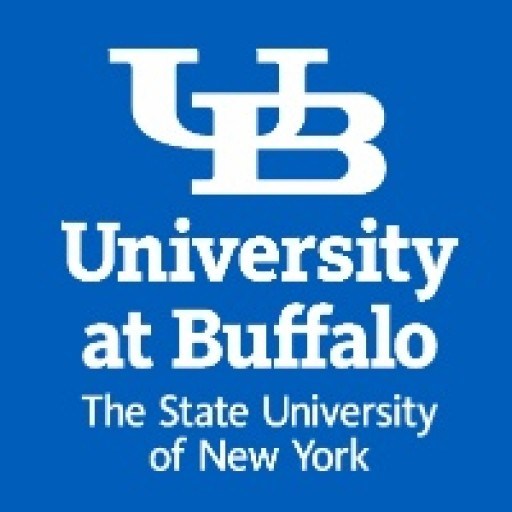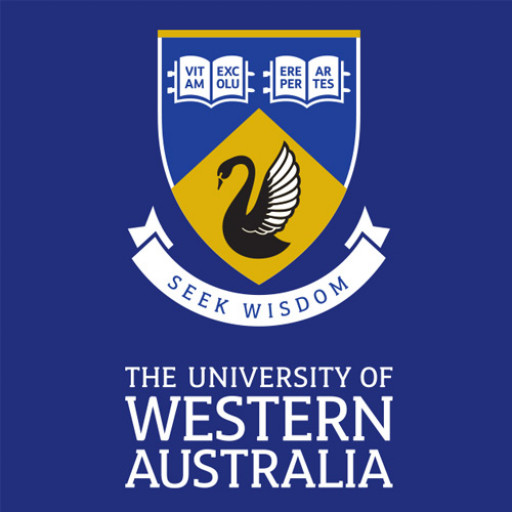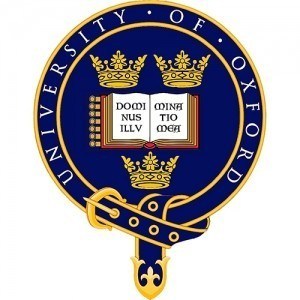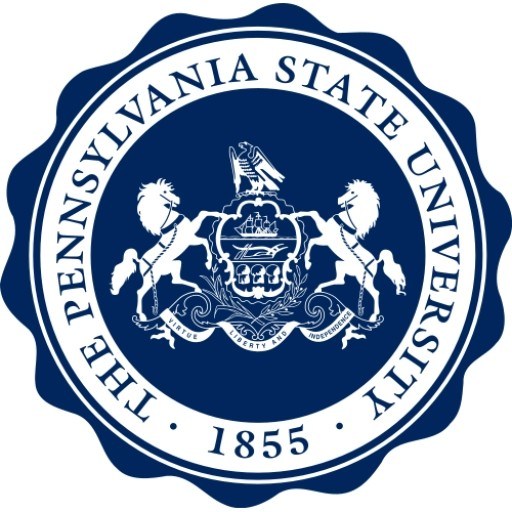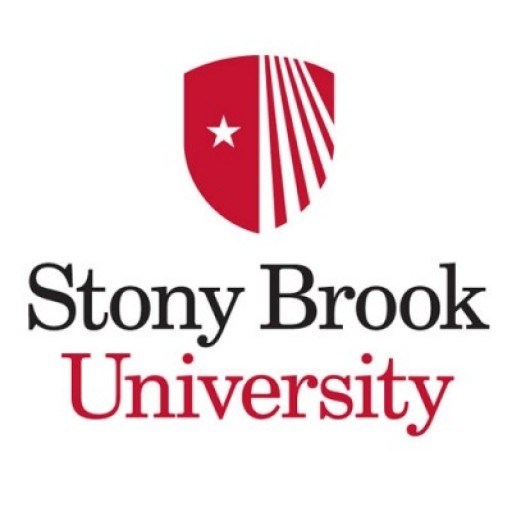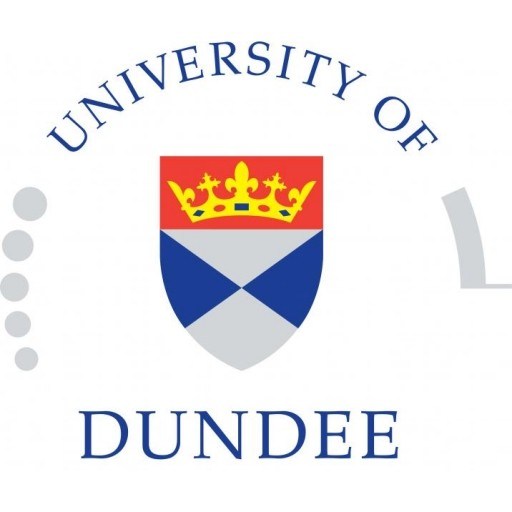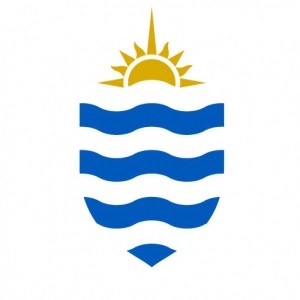Photos of university / #universityatbuffalo
The Anatomical Sciences program at the University at Buffalo offers students a comprehensive and rigorous education in human anatomy, morphology, and related biomedical sciences. Designed for those interested in pursuing careers in health professions, research, or academia, this program provides a strong foundation in the structure and function of the human body. Students will engage in both didactic coursework and hands-on laboratory experiences, allowing them to develop a detailed understanding of anatomical structures through dissection, imaging, and other investigative techniques. The curriculum covers a wide range of topics, including gross anatomy, histology, neuroanatomy, developmental biology, and clinical applications of anatomy. Emphasis is placed on integrating anatomical knowledge with physiological and pathological concepts to prepare students for advanced studies or professional licensure in fields such as medicine, dentistry, physical therapy, or related health sciences. The program is staffed by experienced faculty members and offers access to state-of-the-art facilities, including anatomical labs and imaging technologies. Graduates of the program will possess not only detailed anatomical knowledge but also critical thinking, technical skills, and an appreciation for the importance of anatomy in clinical practice and biomedical research. Whether students aim to continue their education or enter the workforce directly, the Anatomical Sciences program is committed to providing a solid foundation that supports their future success in health-related fields. The program’s curriculum is regularly reviewed and updated to reflect the latest advances in anatomical sciences and healthcare, ensuring students receive relevant and current education. Join the University at Buffalo’s Anatomical Sciences program and gain the knowledge, skills, and experiences necessary to excel in competitive health professions and contribute to advancements in biomedical research.
The Department of Anatomy and Cell Biology provides excellent research training opportunities, offering state-of-the-art facilities and research programs in areas such as cell and developmental biology, bioimaging, and neuroscience. In addition, many of the department faculty participate in the Interdisciplinary Graduate Groups in Cell Motility, Biomembranes, and Neuroscience, providing avenues for collaboration with faculty in other University departments as well as at Roswell Park Memorial Institute.
It is the advisor's responsibility to arrange with the student, at the time of entry, a tentative program of study. The program for each student is developed on an individual basis but, in general, comprises interdisciplinary courses, courses in areas relevant to the student's research, and a substantial thesis/project prepared under the supervision of a full time department faculty member and committee selected by the student and faculty advisor. During the first year, most students participate in a laboratory rotation (ANA 575) to gain experience in two or more research areas before deciding upon a research topic. Students are required to take Seminar (ANA 514). Students must attain a minimum overall grade point average of 3.0.
For the Master's degree, a 2-year schedule should be developed; for the doctoral degree, the student and advisor should prepare a 3-4 year program. The department considers it the responsibility of each student to devote full time attention to their academic and research activities in the program. At the end of each semester, the Director of Graduate Studies will review, with the graduate faculty, the progress and activites of each graduate student. Any deficiencies or failures to comply with school or departmental policy, as well as any instructions or required actions, will be communicated in writing by the Director of Graduate Studies.
To be accepted as a student in the Master's program, the applicant must have completed a baccalaureate degree. Selection of students for the Master's degree will be based upon review, by the Department Admissions Committee, of undergraduate transcripts, recommending letters, and results of the Graduate Record Examinations (Parts I and II, Natural Sci. or Math). Applicants with professional degrees may substitute standardized test scores appropriate to the student's professional discipline (e.g. MCAT). After completion of the Master's program, students may apply for entrance into the doctoral program.
National Awards
- Ford Foundation Diversity Fellowships
- Fulbright U.S. Student Program: Grants for Graduate Study, Research or English Teaching Assistantships Abroad
- The National Science Foundation Graduate Research Fellowship Program (NSF)
University Awards
- Arthur A. Schomburg Fellowship Program
- Graduate Opportunity Program (GOP)
- Graduate Tuition Scholarship
- Presidential Fellowship
The Anatomical Sciences program at the University at Buffalo, The State University of New York, offers a comprehensive curriculum designed to prepare students for careers in health sciences, biomedical research, and education. The program emphasizes a thorough understanding of human anatomy, including gross anatomy, histology, and embryology, providing students with both theoretical knowledge and practical skills. Students have the opportunity to engage in laboratory work, dissect cadavers, and utilize modern imaging technologies to gain a detailed understanding of human structure and function. The program collaborates with other health sciences departments and offers interdisciplinary courses that enhance learning and research opportunities. It prepares graduates for advanced education in medical, dental, or graduate health programs, as well as positions in research institutions, healthcare facilities, and teaching. The faculty comprises experienced researchers and clinicians dedicated to student success and contributing to advancements in anatomical sciences. The university provides state-of-the-art facilities, including anatomy labs and microscopy centers, supporting hands-on learning and research activities. Students are encouraged to participate in research projects, internships, and conferences to deepen their understanding and professional connections. The program also emphasizes ethical considerations and the importance of anatomy in clinical practice, fostering an integrated approach to health sciences education. Graduates of the Anatomical Sciences program are well-equipped with the foundational knowledge necessary for clinical, research, or teaching roles within the biomedical sciences. The program's duration typically spans two years for full-time students, with options for graduate specialization and research thesis work. Overall, this program aims to produce highly skilled professionals who can contribute meaningfully to healthcare, scientific discovery, and education related to human anatomy.
